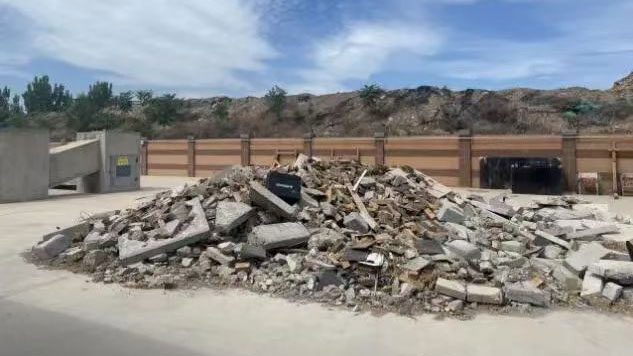Chinese scientists successfully tested a newly developed ultra-wideband radar life detection device.

Life detection device in rubble. (Source: CGTN).
In an article published in the Science and Technology Daily on July 28, Qi Qingjie, the chief scientist of the China Coal Technology and Engineering Group, announced field test results showing that the life detection device can transmit signals through non-metallic materials such as brick walls, wooden boards, concrete, and soil.
The device can detect signs of life from survivors, such as breathing and heartbeat, within just a few minutes, at distances of up to 30 meters.
This equipment can be utilized in search and rescue operations following earthquakes, geological disasters, and landslides.
The research team conducted tests to locate and detect life signals in simulated scenarios following various types of disasters, such as the collapse of high-rise buildings due to earthquakes, to assess the effectiveness and accuracy of the life detection device.


















































